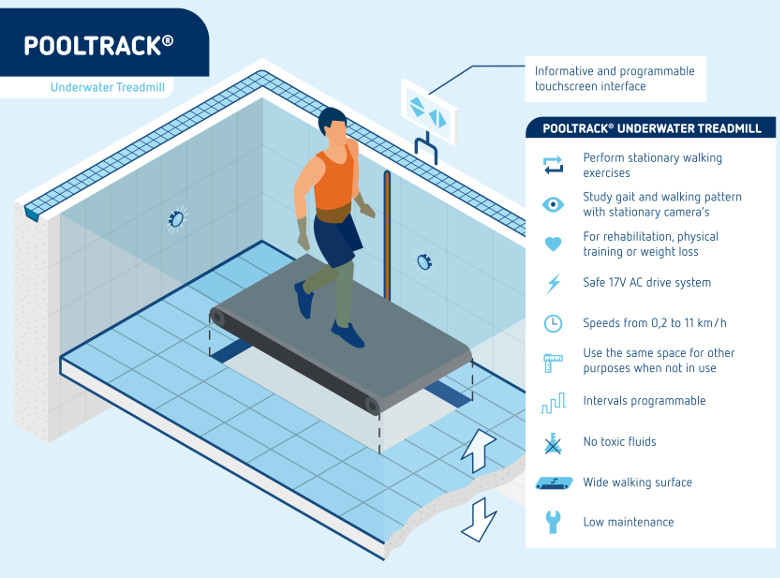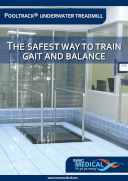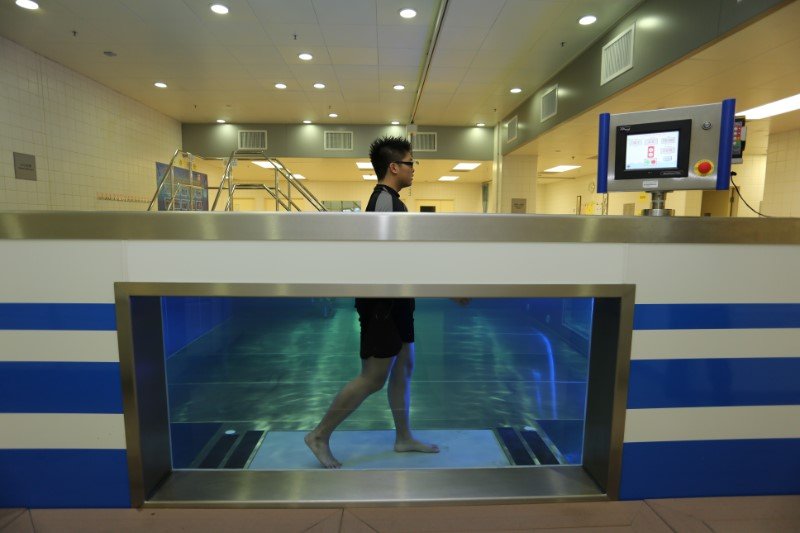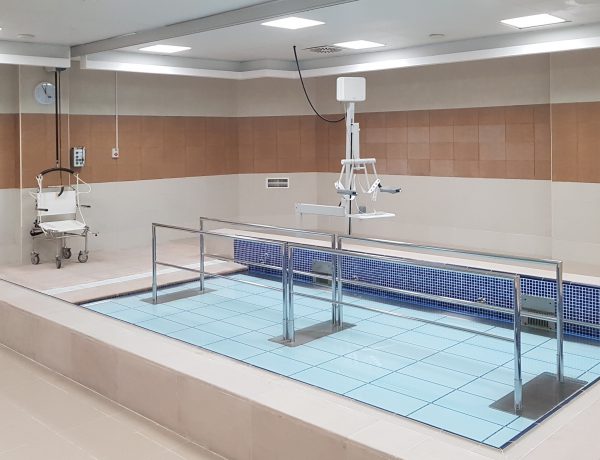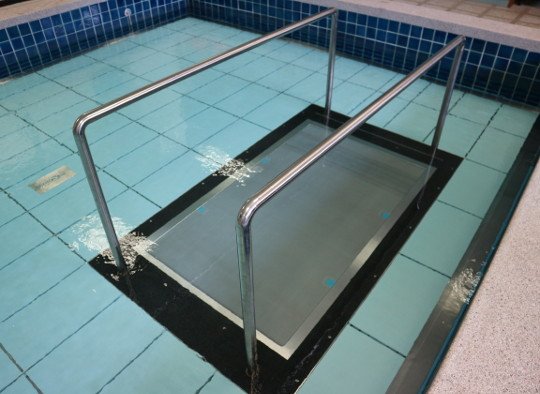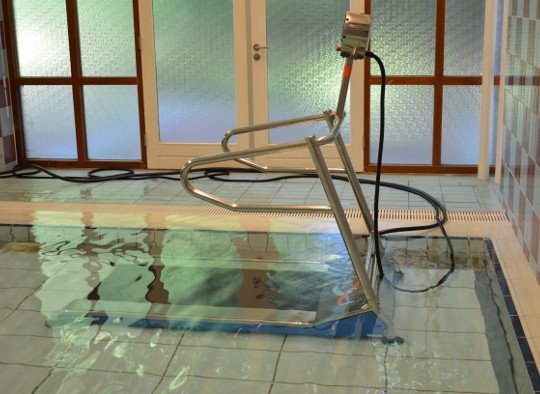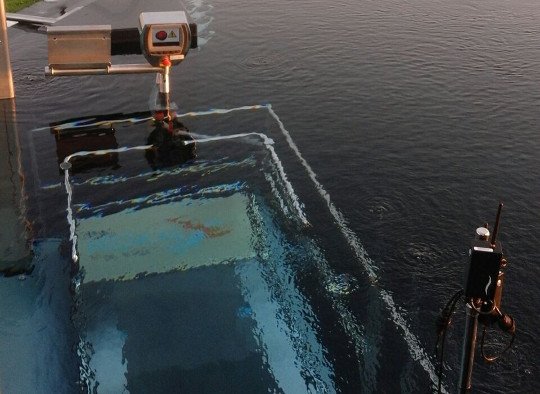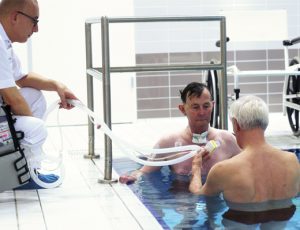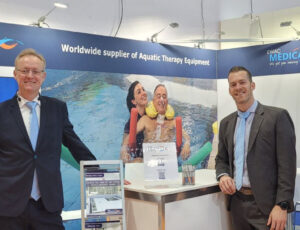Application
Underwater treadmills, often known as pool treadmills, are pivotal in addressing the specific needs of patients undergoing water-based rehabilitation. For many patients, pain relief and improved joint mobility are primary concerns, and these treadmills offer a solution. The buoyancy of the water significantly reduces the impact on joints, alleviating pain and facilitating easier movement for those with injuries or mobility challenges. This gentle approach ensures that patients can exercise without exacerbating their conditions, making it an ideal choice for pain management and recovery.
These treadmills, with their conveyor belts submerged in a pool, allow patients to walk or run, harnessing the water’s natural resistance. This setup not only supports a natural gait but also promotes joint flexibility, a crucial aspect of rehabilitation for many. The therapeutic ambiance of water immersion further aids in relaxation, helping to alleviate pain and stress, which can often hinder recovery.
Adjustable speed and resistance settings mean that each session can be precisely tailored to a patient’s individual needs and comfort levels. This patient-centric approach ensures that everyone, from post-operative individuals to those with chronic joint issues, can find relief and regain mobility. Pool treadmills are especially beneficial for those with orthopedic and neurologic conditions, serving as an invaluable tool in their recovery journey. Beyond just rehabilitation, these treadmills also provide a means for patients to regain confidence in their movement, empowering them to lead a more active and pain-free life.
Product information
The underwater treadmill, we believe, is the next step in active rehabilitation. Because of the water’s buoyancy, resistance, and hydrostatic pressure, the patient can begin underwater walking exercises almost immediately.
Our EWAC movable floors can accommodate an integrated underwater treadmill while meeting the highest standards for usability, adjustability, and operational stability. When mobility is critical or you do not have access to one of our floors, we provide a drop-in treadmill. For pools that do not have a movable floor, our drop-in lifting system allows you to change depth while running to provide the best exercise environment.
Knowledge about underwater treadmill
Exercising on an underwater treadmill provides an excellent combination of weight bearing reduction and walking exercises to mobilize otherwise stiff or injured joints.
Aquatic treadmills are the pinnacle of underwater exercise equipment and can be used to treat obesity with minimal impact. Its strict walking rhythm has added value in neurology.
We have the most extensive collection of hydrotherapy publications.
Experience
For over 25 years, EWAC Medical has designed and built movable swimming pool floors and has completed over 1.000 projects worldwide. We are constantly striving for improvement and innovation. Despite the fact that aquatic treadmills are a relatively new development, experience with these products is rapidly growing. Because underwater treadmills can be integrated into any of the current EWAC Medical products, our offering is extremely competitive.
That is why EWAC Medical is world market leader in hydrotherapy.
| ENQUIRE NOW |
